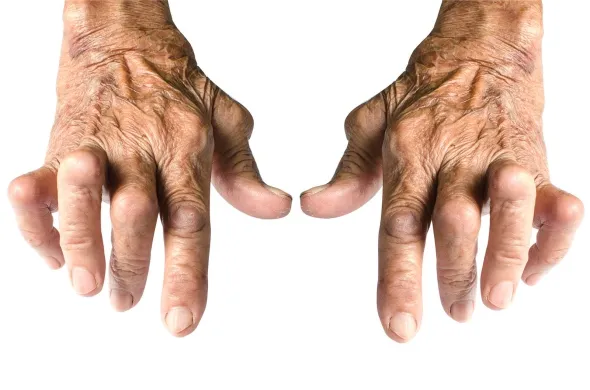Living with rheumatoid arthritis (RA) can feel like a daily puzzle. One morning you might wake up with stiff, aching joints; another day, overwhelming fatigue takes over. But here’s what’s important to know: an RA diagnosis isn’t the end of an active, meaningful life. With the right knowledge and tools, you can manage symptoms, protect your joints, and continue doing what you love.
In this post, we’ll walk through Rheumatoid Arthritis Explained, breaking down what RA really is, what it feels like, and how you can take practical steps toward better living, day by day.
What Is Rheumatoid Arthritis?
Let’s simplify the science. Rheumatoid Arthritis Explained starts with understanding it as an autoimmune condition. That means your immune system, which usually fights off germs, mistakenly attacks your own body, specifically the lining of your joints (called the synovium).
This causes inflammation, which leads to pain, swelling, and over time, can even damage joints and other tissues. Unlike everyday arthritis or wear-and-tear (like osteoarthritis), RA often affects joints on both sides of the body (like both wrists or both knees) and can involve fatigue, fever, and overall malaise.
While the exact cause is still unknown, experts believe genetics, environmental triggers (like smoking or infections), and hormones may play a role.
Recognizing the Symptoms: More Than Just “Bad Joints”
RA doesn’t look the same for everyone, but common symptoms include:
- Joint pain, swelling, and stiffness, especially in the hands, wrists, and feet
- Prolonged morning stiffness (often lasting an hour or more)
- Deep fatigue that doesn’t improve with rest
- Low-grade fever or general flu-like feeling
- Loss of appetite or unintended weight loss
If you’re experiencing these symptoms, don’t dismiss them as “just getting older.” Early diagnosis and treatment can help slow the disease and prevent long-term joint damage.
How RA Is Treated: Slowing the Disease and Easing Symptoms
While there’s no cure for Rheumatoid Arthritis yet, treatments have come a long way. The goals are to reduce inflammation, manage pain, prevent joint damage, and help you maintain function and quality of life. Common approaches include:
- Medications: From NSAIDs for pain relief to disease-modifying antirheumatic drugs (DMARDs) and biologics that actually slow disease progression.
- Physical or Occupational Therapy: To improve strength, flexibility, and learn joint-friendly ways to perform daily tasks.
- Lifestyle Adjustments: Gentle exercise, stress management, and rest are all part of the picture.
- Assistive Devices: Splints, braces, or ergonomic tools can reduce strain on affected joints.
Your rheumatologist will help tailor a plan that’s right for you.
Everyday Management: Your Role in Feeling Better
You are your own most important advocate. Small, consistent habits can make a big difference in how you feel:
- Stay active with low-impact exercise like swimming, walking, or tai chi. Motion helps reduce stiffness.
- Eat an anti-inflammatory diet: Think fruits, vegetables, whole grains, and omega-3s (found in fish like salmon).
- Rest when you need to: Listen to your body. Fatigue is real with RA, honor it.
- Protect your joints: Use larger joints to carry weight (e.g., use a backpack instead of a handbag), and avoid repetitive strain.
- Connect with others: RA can feel isolating. Support groups, online or in person, remind you you’re not alone.
You’re Not in This Alone
Living with RA is a journey, and it’s okay to ask for help. Lean on friends, family, and your healthcare team. Keep regular appointments with your rheumatologist to monitor your progress and adjust treatments as needed.
Remember: Rheumatoid Arthritis might be a part of your life, but it doesn’t define you. With modern treatments and supportive self-care, many people with RA lead full, active, and joyful lives.
A Gentle Reminder:
On difficult days, be kind to yourself. On better days, celebrate the small wins. You’re navigating something challenging, and you’re doing a great job.
Disclaimer: This post is intended for educational purposes and is not a substitute for professional medical advice. Always consult with a qualified healthcare provider for diagnosis and personalized treatment plans.
